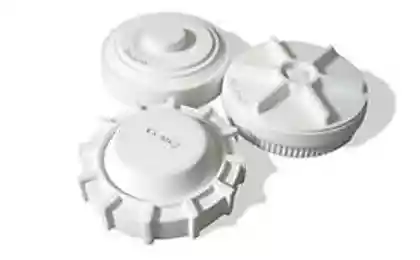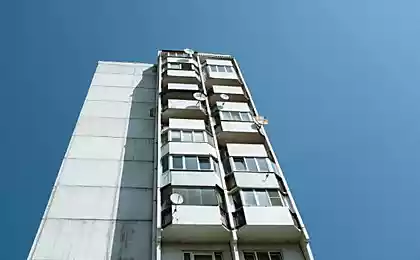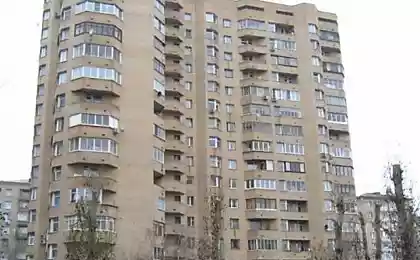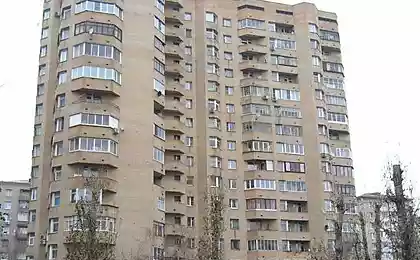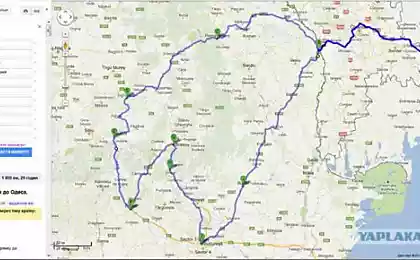180
What do Khrushchev times of the USSR look like now in Germany
Khrushchevki is the collective name for Soviet five-storey panel houses, which can be found in any city in the post-Soviet space. The first mass construction project was the K-7 series, which was developed by Vitaly Lagutenko - the grandfather of the soloist of the group "Mumiy Troll" Ilya Lagutenko.
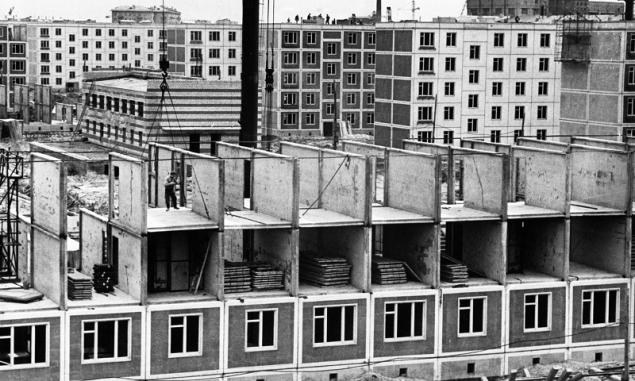
The main advantage of the houses of the K-7 series was cheapness and simplicity - the minimum size of apartments, the absence of an elevator and a garbage conduit. But the house was extremely simple for manufacturers, was assembled as a shelf and mounted by the method of “no solution”. It consisted of only two dozen items and was built by a complex team working in three shifts.
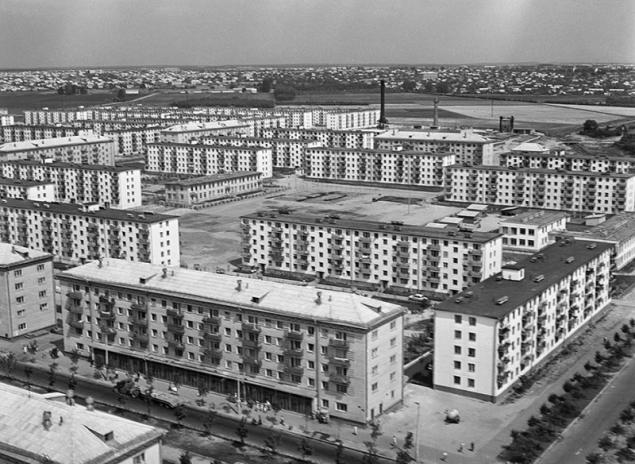
K-7 series homes In its original modification was built until 1966. It was the most iconic, but certainly not the only housing series. There were new series of Khrushchev, and later they were replaced by Brezhnevka. From 1959 to 1985, about 5.8 million apartments were built in the USSR.
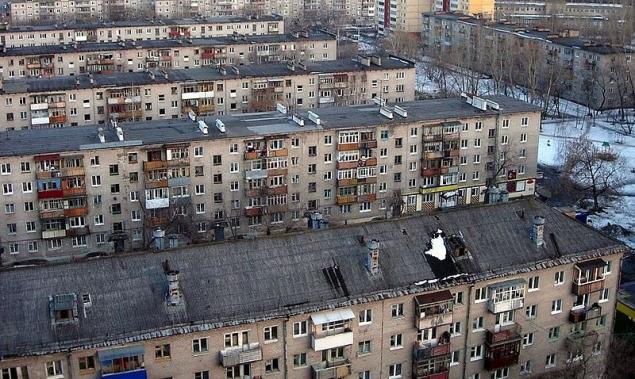
Before the fall of the Berlin Wall, thanks to the efforts of the Soviet Union, which built several house-building plants in the GDR, many Khrushchev plants also appeared in East Germany. Almost immediately after the reunification of Germany, the question arose what to do with these ugly structures.
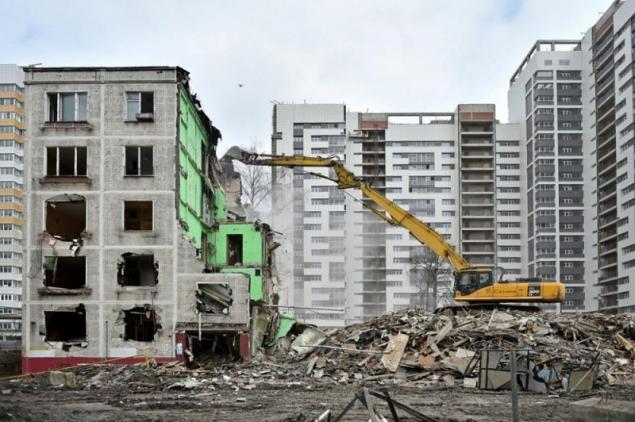
As a result, they decided not to demolish such houses, but launched the process of their reincarnation, transforming the old “panels” into luxurious modern buildings. This post will clearly show that from our old quarters, using modern technologies, it is quite possible to make a candy.
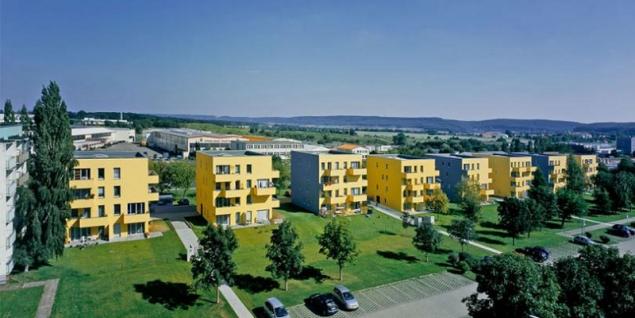
First of all, of course, the housing development strategy must change. The meaning is simple – all means for comfort, a city for a person, and not vice versa. Not a person for the sake of an entrance, a hatch or a curb, a pole in the middle of the sidewalk, but all this household for the benefit of man and for him.
Renovation of Khrushchev Transformation of panel high-rise buildings in Germany
There are successful examples of reconstruction of Khrushchev in our country. Here is a completed and very successful project of reconstruction of one five-story building with North Tushin. It turned out a modern, beautiful 8-storey house with an attic, a convenient entrance, spacious apartments, an elevator and loggias.
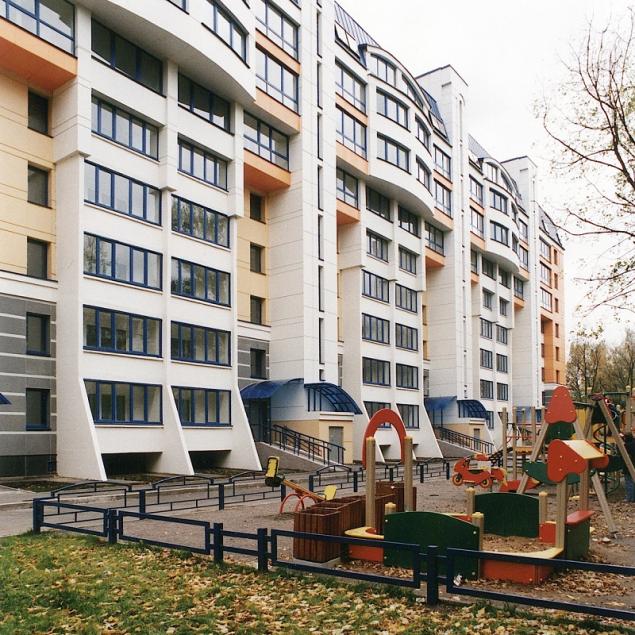
If you look at a photo of the house, not knowing that there was a five-story building inside - it is very difficult to guess about it. The reconstruction took 9 months, 120 out of the old 100 apartments turned out, while the total area increased by 2.2 times.
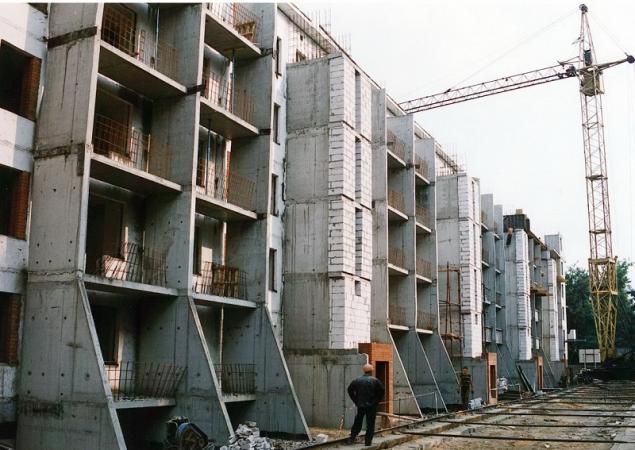
How did you do that? Here's how. A new foundation was built around the building, a new facade was built on it, all partitions of the former five-story building and, of course, windows-doors were removed. The whole space was reformatted anew.
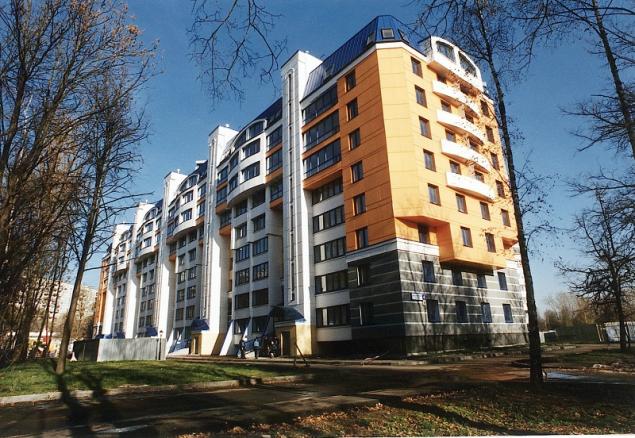
Khrushchev reconstruction Instead of demolition, it solves a lot of problems. First of all, the problem of cost savings: such a living space is about 30% cheaper than the newly built. And this does not take into account the cost of recycling the destroyed five-story buildings, which is also a serious environmental problem.
If you live in a private house and the problems of updating Khrushchev are very far from you - look at the material "Site" How the renovation unlocked the amazing potential of an old private home.

The main advantage of the houses of the K-7 series was cheapness and simplicity - the minimum size of apartments, the absence of an elevator and a garbage conduit. But the house was extremely simple for manufacturers, was assembled as a shelf and mounted by the method of “no solution”. It consisted of only two dozen items and was built by a complex team working in three shifts.

K-7 series homes In its original modification was built until 1966. It was the most iconic, but certainly not the only housing series. There were new series of Khrushchev, and later they were replaced by Brezhnevka. From 1959 to 1985, about 5.8 million apartments were built in the USSR.

Before the fall of the Berlin Wall, thanks to the efforts of the Soviet Union, which built several house-building plants in the GDR, many Khrushchev plants also appeared in East Germany. Almost immediately after the reunification of Germany, the question arose what to do with these ugly structures.

As a result, they decided not to demolish such houses, but launched the process of their reincarnation, transforming the old “panels” into luxurious modern buildings. This post will clearly show that from our old quarters, using modern technologies, it is quite possible to make a candy.

First of all, of course, the housing development strategy must change. The meaning is simple – all means for comfort, a city for a person, and not vice versa. Not a person for the sake of an entrance, a hatch or a curb, a pole in the middle of the sidewalk, but all this household for the benefit of man and for him.
Renovation of Khrushchev Transformation of panel high-rise buildings in Germany
- City: linefeld
Apartments: 32 repaired, 16 dismantled
Living area: During the reconstruction, the six-storey panel was reduced to four floors, stonework was added along the perimeter of the building for the visual consolidation of the building and its external space. The number of apartments in the house decreased, the rest made a modern and convenient layout.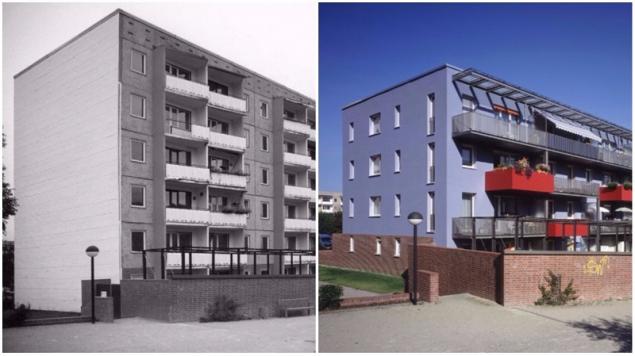
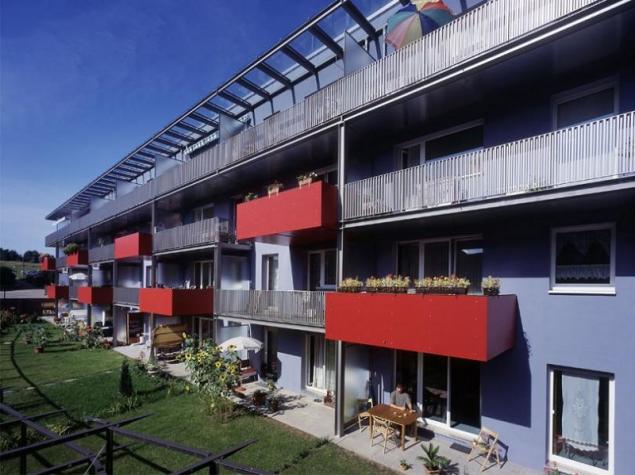
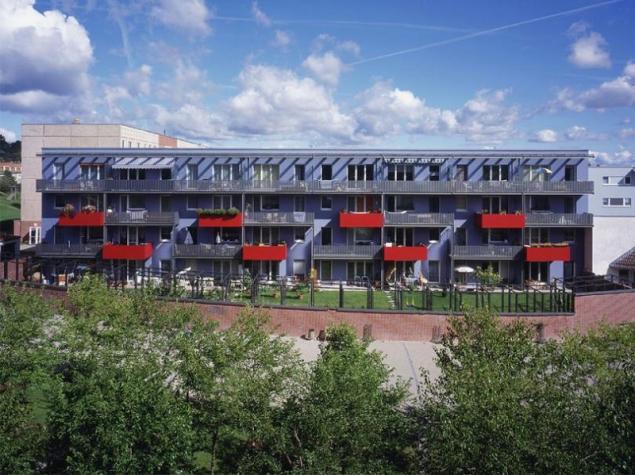
- TownLionefelde
Apartments.20 repaired, 12 dismantled
Living square1.58 thousand sq. m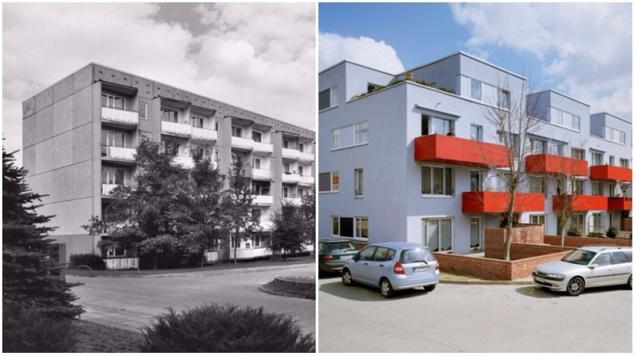
- City: linefeld
Apartments: 80 repaired, 38 dismantled
Living area: 2.635 thousand square meters. m Five-storey Khrushchev reduced to three floors. The building was originally very long. During the renovation of the quarter, the central segment of the house was removed - the result was two separate buildings. The apartments on the ground floor have their own gardens.
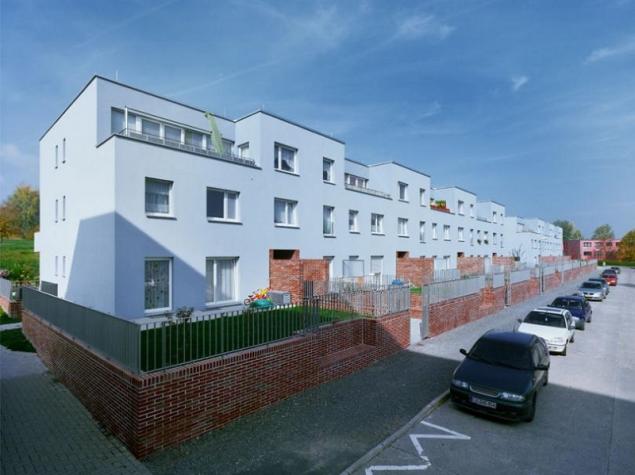
- City: linefeld
Apartments: 36 repaired, 57 dismantled
Living area: 2.24,000 square metres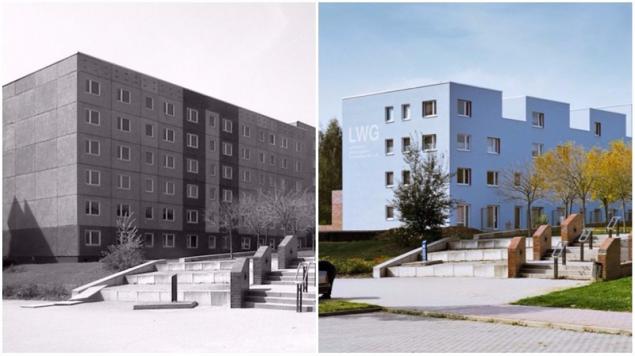
127527. - City: Linefelde "Plattenbau"
Apartments: 150 repaired, 90 dismantled
Living area: 4.2 thousand square meters. m The most striking and radical example of reconstruction in Linefeld, in the east of Germany, is the reworking of the old panel house "Plattenbau" with a length of 180 meters. By removing the top floor and seven segments along the block line, architects from Stefan Forster Architekten introduced a new style of residential development. On the basis of the old house, separate apartment villas were created.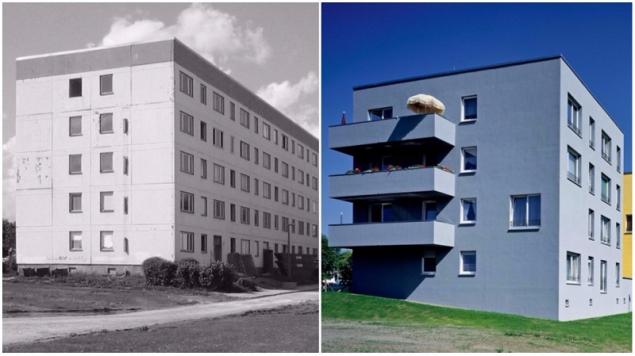
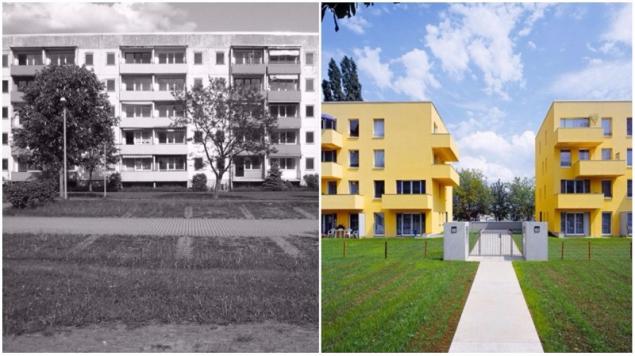

- City: halle
Apartments: 125 repaired, 81 dismantled
Living area: 7,300 square meters. In 2010, the project of renovation of old panel houses in Halle (Halle), executed by the architectural bureau Stefan Forster Architekten, received an award at the international exhibition as the best example of urban renewal in the lands of Saxony-Anhalt.
The building was reduced in size. Instead of eleven entrances, only six were left. Of the old standard apartment layouts, 18 different options were made, including five mezzanine apartments and apartments on the first level with their own garden. Partial removal of the upper floors created a stepped volume with large roofs.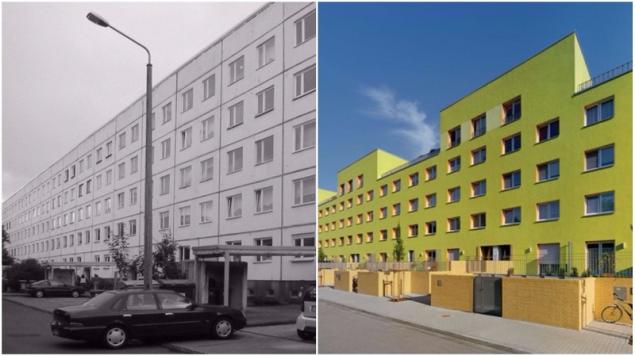
415068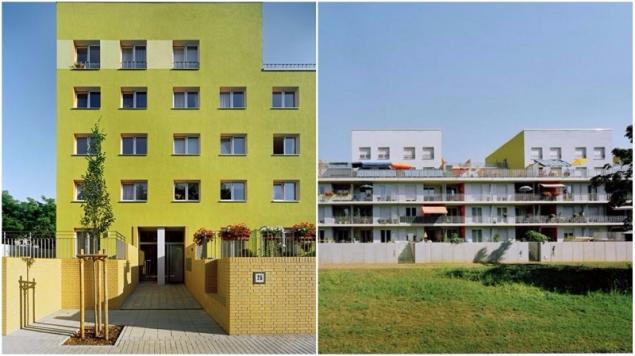
There are successful examples of reconstruction of Khrushchev in our country. Here is a completed and very successful project of reconstruction of one five-story building with North Tushin. It turned out a modern, beautiful 8-storey house with an attic, a convenient entrance, spacious apartments, an elevator and loggias.

If you look at a photo of the house, not knowing that there was a five-story building inside - it is very difficult to guess about it. The reconstruction took 9 months, 120 out of the old 100 apartments turned out, while the total area increased by 2.2 times.

How did you do that? Here's how. A new foundation was built around the building, a new facade was built on it, all partitions of the former five-story building and, of course, windows-doors were removed. The whole space was reformatted anew.

Khrushchev reconstruction Instead of demolition, it solves a lot of problems. First of all, the problem of cost savings: such a living space is about 30% cheaper than the newly built. And this does not take into account the cost of recycling the destroyed five-story buildings, which is also a serious environmental problem.
If you live in a private house and the problems of updating Khrushchev are very far from you - look at the material "Site" How the renovation unlocked the amazing potential of an old private home.
It's not magic, it's better! The whole truth will tell the only photo with a loved one.
Stop being young: gray hair, wrinkles and cellulite are real beauty! Why are you dyeing your hair?












